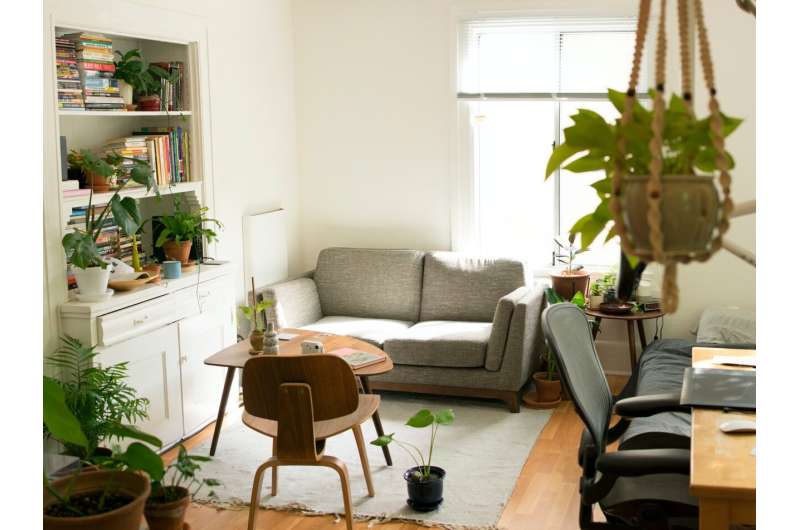Older Australians are already bamboozled by a complex home-care system. So why give them more of the same?

More than a million older Australians need care at home each year. More than 1,000 agencies provide services to them.
Despite the federal government allocating significant extra funds to home care in the last budget, there is still a raft of problems with current home-care arrangements.
As we show in our new report, "Unfinished business: practical policies for better care at home," the federal government is placing too much emphasis on expanding the market of services, and not enough on supporting people to access timely and quality services.
Home care support ranges from help with personal care and cleaning the house, to provision of mobility aids, and transport to social events and medical appointments.
People who need care at home can explore options via the federal government's myagedcare website. Then they can get assessed, find a local provider to suit their needs, and manage their own care.
But this system is impersonal and cumbersome.
Time and time again the Morrison Government's announcements of new home care packages have failed to address the true scale of Australia's aged care crisis.
There will still sadly be 100,000 older Australians waiting for a home care package this Christmas. pic.twitter.com/IzZcLivOyD
— Julie Collins (@JulieCollinsMP) December 16, 2020
Assessment of people's needs is divorced from planning their services. Older people get little advice and support to find services, and people who need more intensive and complex care often have to wait for more than a year.
Administrative and coordination costs for the 200,000 people who get home care packages are high, hourly service charges are unregulated, and there is more than A$1.6 billion in unspent funds that could be used to provide services.
The number of private services has grown dramatically, with little oversight of quality and value for money.
At the same time, home-care workers remain poorly paid and under-valued. Training is patchy, work is often insecure, and there's insufficient supervision, support and staff development.
Not surprisingly, it is increasingly difficult to recruit and retain aged-care workers.
What's wrong with the extra funding?
The federal government's response to the landmark Royal Commission into Aged Care was substantial, but it doesn't change the fundamentals of the home-care system. It expands a market that is not working for older people.
The government is putting its faith in a centrally regulated market model, dominated by private and non-government home-care businesses.
Even with the massively increased home-care funding, the market may still not provide enough to reduce waiting times for services to less than a month, as the royal commission recommended.
There are currently almost 75,000 waiting for the home care support they need, with some having waited up to nine months.
We calculate that up to 15% more home-care places than planned could be needed just to clear the waiting list. We call on the federal government to keep waiting times to 30 days or less.
The government's budget package does include additional support to help older people navigate their way through the home-care system. But assessment, care finding, and care coordination will continue to be fragmented.
In the main, older people will still have to navigate a complex system and make market choices on their own.
We need to go local to provide the best support
Australia needs a new home care model—one that provides much more personalized support to help older people get the services they need and that manages local service systems on their behalf.
It's difficult to see this being done without establishing effective regional aged-care offices. These offices need to provide a one-stop shop for older people. Yet they also need to have the authority and responsibility to develop and manage local services to make sure older people can get what they need.
The federal government is aware of this problem, but its response is tepid—a trial of small, regional offices of up to ten people to plan, monitor and solve problems. But those regional offices have no responsibility for supporting older people, and no authority to manage service providers on their behalf.
We recommend the federal government establish a network of regional aged-care offices across Australia to plan and develop services, hold funds, pay providers, and administer service agreements for individual older people who need care. These offices should include assessment teams and care finders, to help people who are trying to navigate the home-care system.
Good quality home care depends on a well-qualified, secure and valued workforce. Again, the federal government is aware of this problem and has introduced a limited set of workforce reforms. But it has not yet agreed to support improved pay and conditions, minimum qualification standards or a full registration scheme for personal-care workers.
The government should develop and implement a revitalized workforce plan for aged care as part of the new Aged Care Act. Personal-care workers should be registered and hold suitable minimum qualifications.
The government should also make it clear it will fund the outcomes of the Fair Work Commission review of fair pay and conditions for aged-care workers, with a ruling expected next year.
As Australia's population continues to age, many more people with complex needs will need care. The vast majority of them will prefer to be supported at home. Massively expanding home-care services without much stronger market management, and a much more secure workforce, is a risk Australia shouldn't take.
This article is republished from The Conversation under a Creative Commons license. Read the original article.![]()




















